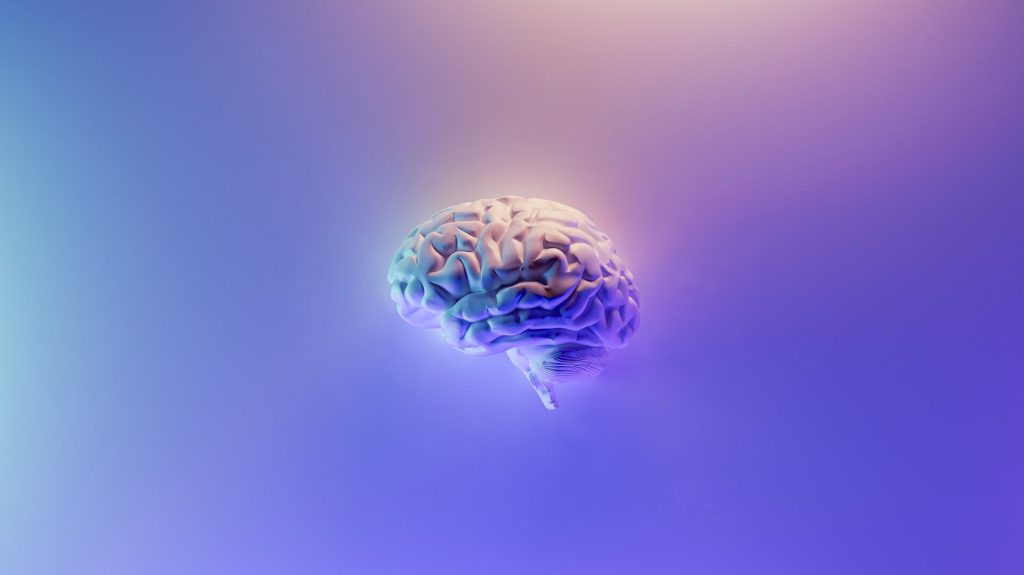Histamine Involvement in Depression Revealed

Histamine from inflammation dampens serotonin levels and antidepressants’ ability to boost them, according to experiments in mice models.
The findings, published in The Journal of Neuroscience add to mounting evidence that inflammation, and the accompanying release of the molecule histamine, affects serotonin, a key molecule responsible for mood in the brain.
Inflammation triggers the release of histamine in the body, increasing blood flow to affected areas to flood them with immune cells. While these effects help the body fight infections, both long-term and acute inflammation is increasingly linked to depression. There is already strong evidence that patients with both depression and severe inflammation are the ones most likely not to respond to antidepressants.
Dr Parastoo Hashemi, Lead Author, Imperial’s Department of Bioengineering, said: “Our work shines a spotlight on histamine as a potential key player in depression. This, and its interactions with the ‘feel-good molecule’ serotonin, may thus be a crucial new avenue in improving serotonin-based treatments for depression.”
Chemical messengers
Serotonin is a key target for depression-tackling drugs, and selective serotonin reuptake inhibitors (SSRIs) inhibit the re-absorption of serotonin in the brain, allowing it to circulate for longer and improve mood.
However, although SSRIs bring relief to many who take them, an increasing number of people are resistant to it. This could be due to the specific interactions between chemical messengers, or neurotransmitters, including serotonin and histamine.
With this in mind, researchers set out to investigate the relationship between histamine, serotonin, and SSRIs. They created tiny serotonin-measuring microelectrodes and put them into the hippocampus of the brains of live mice, an area known to regulate mood. The technique, known as fast scan cyclic voltammetry (FSCV), allowed them to measure brain serotonin levels in real time..
After placing the microelectrodes, they injected half the mice with lipopolysaccharide (LPS), an inflammation-causing toxin found in some bacteria, and half the mice with a saline solution as a control.
Within minutes of LPS injection, brain serotonin levels dropped, whereas they remained the same in control mice, demonstrating the rapid action of inflammatory responses on the brain and serotonin. Since LPS cannot cross the blood-brain barrier, it could not cause the drop in serotonin.
The inflammatory response triggered histamine in the brain which directly inhibited the release of serotonin by attaching to inhibitory receptors.
To counter this, the researchers administered SSRIs to the mice, but they were much less able to boost serotonin levels than in control mice. They posited that this is because the SSRIs directly increased the amount of histamine in the brain, cancelling out its serotonin boosting action.
The researchers then administered histamine reducing drugs alongside the SSRIs to counter histamine’s inhibitory effects, and saw serotonin levels rise back to control levels. This appears to confirm the theory that histamine directly dampens serotonin release in the mouse brain. These histamine reducing drugs cause a whole-body reduction in histamine and are distinct from antihistamines taken for allergies, which block histamine’s effects on neurons.
A new molecule of interest
More work is needed before progressing to human studies. However, it is not currently feasible to use microelectrodes to make similar measurements in human brains, so the researchers are now looking at other ways to get a snapshot of the brain by looking at other organs which use serotonin and histamine, like the gut.
Source: Imperial College London

